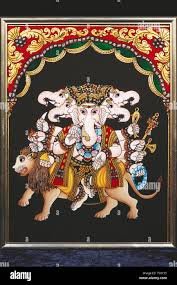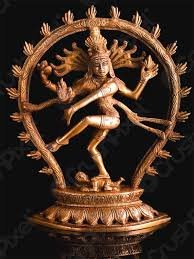
Heramba Ganapati is a five-headed form of Ganesha. This form is important in Tantric rituals.
#SPIRITUAL
#SanatanaDharma
#SPIRITUAL
#SanatanaDharma

According to the Mudgala Purana, it’s one of the most important forms of the one-tusked god. It is especially popular in Nepal.
#SPIRITUAL
#SanatanaDharma
#SPIRITUAL
#SanatanaDharma

The Sanskrit term Heramba is made up of two words namely He and Ramba. He indicates weakness or helplessness, and Ramba denotes protection.
#SPIRITUAL
#SanatanaDharma
#SPIRITUAL
#SanatanaDharma

He-Ramba Ganapati is thus the compassionate Lord who protects the weak. Heramba Ganapati also has the power to confer fearlessness and defeat the enemies.
#SPIRITUAL
#SanatanaDharma
#SPIRITUAL
#SanatanaDharma

• • •
Missing some Tweet in this thread? You can try to
force a refresh























